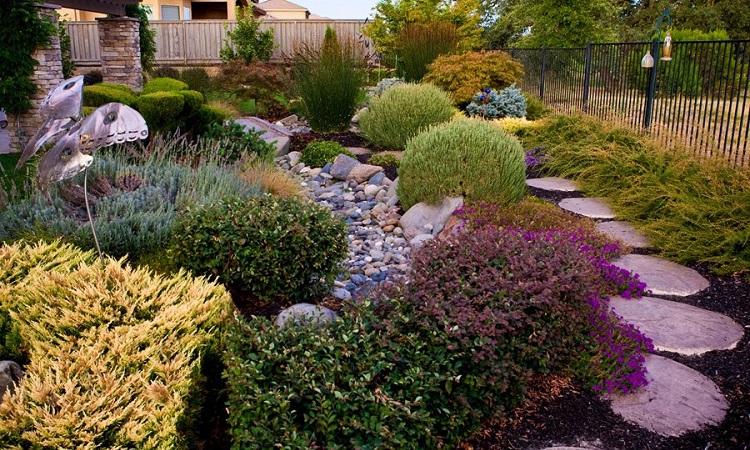5 Ways To Create A Sensory Landscaping Design For Those With Visual Impairments
One of the biggest benefits of having a professional landscaping design in your garden is that it creates multiple man-made and natural features, which form several stunning visual delights. As appealing as that might be, that same benefit is not always experienced by all. We are talking here about those who have visual impairments and in the most unfortunate instances, those who are blind.
For all of these people, sadly, no matter how stunningly beautiful a garden might be thanks to its landscaping design, their visual impairments mean that they may never have the opportunity to see those wondrous sights in full. That does not mean that they can never enjoy a landscaped garden, because their other senses such as touch, sound, taste, and smell, can provide them with an array of positive experiences.
This ultimately leads to the determination of how landscaping services can create the perfect landscaping design that is suited to those with visual impartments. Continue reading and we will provide you with five ways of creating a sensory landscaping design which means that, even if a person’s sight is impaired, their enjoyment of that garden can be enhanced with the help of their other senses.
Sound: Creating a landscaping design that can generate several sounds for someone to enjoy can be achieved by including various features. One example is wind chimes in various locations so that the person can identify where they are in their garden. Another is to include one or more water features where they can enjoy the soothing sounds of water flowing. You could also ensure that wildlife is encouraged and thus animal and bird sounds can be enjoyed.
Touch: Textures in a garden benefit everyone, but they are especially crucial for those with visual impairments. This goal will mean that you reduce or even remove plants that have thorns or those which can sting. Beyond that, there is a plethora of different plants you can include in the garden’s design which each having different surfaces and textures ranging from soft and fluffy, like pussy willow, to harsher textures, such as tree trunks.
Smell: You do not need to be an expert gardener to know that one of your garden’s biggest appeals is the fragrances created within it. To make the experience of those fragrances even greater, you should try planning your garden with as many different scented plants and flowers. Examples of plants with strong fragrances are lavender, mint, honeysuckle, and chocolate cosmos which, untrustingly, has a chocolate fragrance
Taste: In landscaping designs for gardens that are large enough, you should include areas for growing fruit and vegetables. Not only will these provide extremely healthy natural foods, but they also provide visually impaired people with an experience that many people state is their favourite sense after their sight in the garden and that is taste. Hard to argue with that when you compare the experience of seeing a strawberry versus the experience of eating one.
Safety: Obviously, not one of the five senses, but nonetheless, this is an extremely important element of a landscaping design suitable for those who are visually impaired. This includes concepts such as no trip hazards or features that a visually impaired person might harm themselves on due to not seeing them, such as low branches on trees, or low hanging lighting. Double-check every aspect of your landscaping design with safety-first as your guiding principle.




